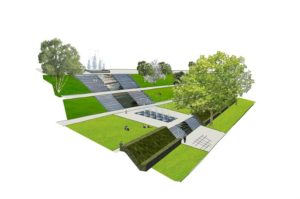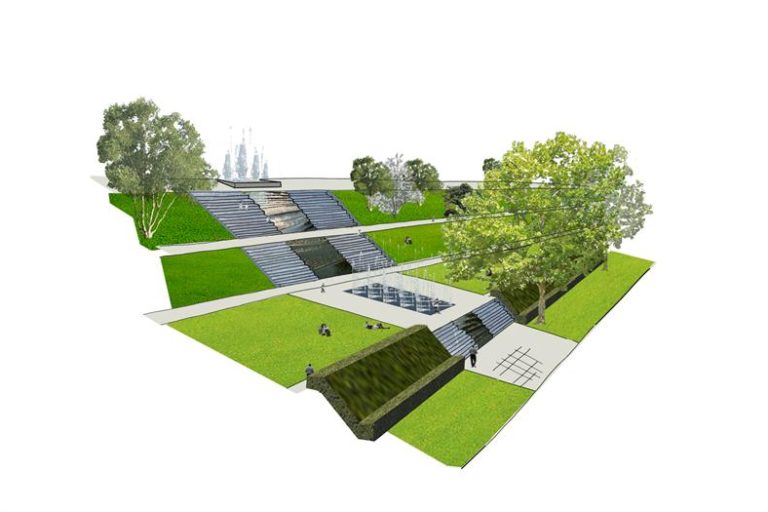We thought it might be a good idea to start each week off with some concepts from around the area and around the globe which cities and urban areas have been using to improve functional and aesthetic qualities of neighborhoods. We’ll then take the ideas and rank them in their ability to be applicable and implementable in Tysons, and of course gather your opinions on how well they could work. This is what we found over the past week.
PeopleForBikes, a blog covering national biking news and advocacy, has found a checklist for urban planners and transportation officials in an effort to make intersections more safe for all users. A Portland planner, Nick Falbo, created the list in an effort to bring attention to the importance of both bike lane separation and intersection improvements; the latter often being ignored yet being the most frequent point of vehicle-bicycle incidents.
Some components of the checklist would be tough to implement with the current entrenched VDOT stance on maximizing turn movement stacking. Signalling may be the easiest sell, though VDOT has been hesitant to allowing all-red signalling (no vehicle movements) in the past. Overall, the idea of an intersection safety checklist is a nobel one as it brings a more defined criteria for planners and laymen to use in discussion with transportation agencies.
Glow-in-the-dark trails are becoming popular not only in the Netherlands, where they originated, but now expanding to a new trail in Fulham, England. The use of a UV absorbent aggregate mix within the typical bituminous top coat provides a cheap but effective secondary lighting system. While the concept does not all together replace the need for adequate lighting (especially at intersections with roadways) it does reduce the need.
It’s pretty cool looking and could be a good way to highlight (pardon the pun) the areas growing effort to turn into a 24-7 neighborhood, not just a daytime office hub. The cost increase is not budget busting, especially when it is combined with a slight reduction in standard lighting. Politically speaking, it doesn’t pitch one user group against another. In terms of marketability, it would likely be a popular place for outdoor gathering, especially during warm weather months.
Fabricio Mora, a Costa Rican designer, has some great images on his Tumblr feed, but one of his best is a concept for a grand walkway that builds into the side of a steep slope.

It acts as one part earth retention, one part public space, and one part pedestrian access. Use of hedges at the terrace level edging gives the flattened public spaces a defined feel, as opposed to feeling like an after thought on the side of a hill.
Think about the walkway system that exists currently along Westbranch Drive as it winds its way up to the Ritz. It is completely unimpressive and more importantly unusable for pedestrians as it provides no break in the cadence of the stairs, no reason to stop and use as a public space, and by winding along the side of the road, creates a longer walk path than necessary. This would be a great upgrade for both the Ritz Carlton entrance as well as the public, providing photo ready landscape and an improved function.
A new study shows that improvements to make neighborhoods more walkable are actually being perceived on their implementation by the residents of that neighborhood. Whether they know why or not, pedestrians and residents say they feel safer and more likely to walk after pedestrian improvements are made. The study shows that existing pedestrian counts do not dictate what future trends will be, a major contention point between DOT officials who often cite low pedestrian usage as a reason against additional pedestrian improvements which would make those paths more usable.
Plenty of Northern Virginia and VDOT officials are guilty of using existing usage numbers as an excuse against better walkways, this study shows that their improper use of empirical data is just as faulty as extrapolating congestion growth as a constant upward relation to population. To change the hearts and minds of entrench opinion in the field we need more studies like these.


